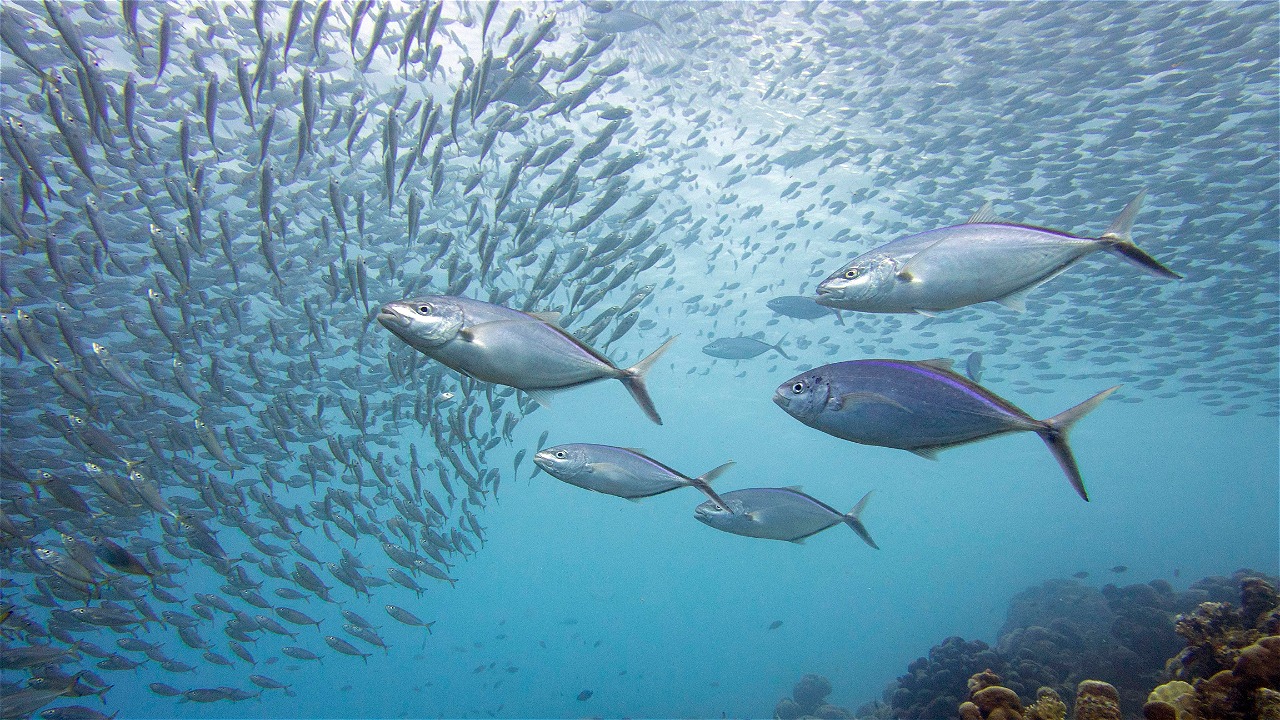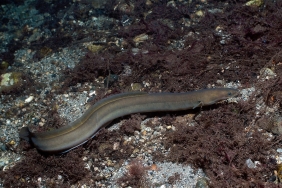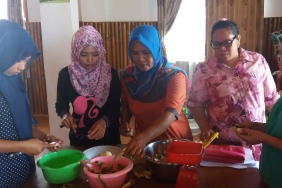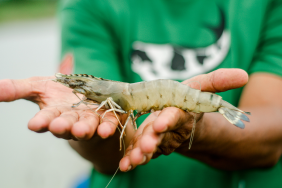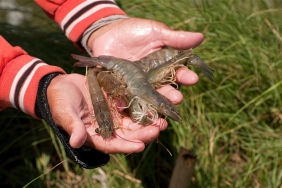A LOOK AT THE TUNA FISHERY PRACTICES OF EAST LOMBOK: THE BEGINNING OF A SUSTAINABLE BUSINESS SCHEME
By: Munawir (Capture Fisheries Officer, WWF-Indonesia)
"This is lepa-lepa," says Irwanto, a Mandar fisherman from Mamuju district, West Sulawesi. He points to the small wooden canoe he uses for tuna fishing. "This Lepa-lepa helps us move more freely in determining fishing locations, and saves fuel use," he added.
In East Lombok, I observed this unique thing during the identification of tuna fishing practices. Last March 4-8, Seafood Savers, WWF-Indonesia's initiative for a network of responsible fishing companies, identified tuna fishing practices by its prospective member companies.
To become a member of Seafood Savers, companies need to undergo several stages, one of which is the identification of fisheries practices that they run with their registered supply chain.
Apparently, the fishermen who catch tuna in East Lombok are dominated by andon (migrants) fishermen from West Sulawesi (Mamuju and Majene districts). They are the Mandar Tribe, a seafaring tribe that has a hereditary motto, dota lele ruppu than na lele di lolangang. It is better to destroy a boat, than to retreat on a voyage.
Each fisherman does have a different strategy in catching tuna, even though the fishing method is the same using handline. The fishermen who are directly involved in this tuna fishery practice became one of the interview informants in the identification series. Besides of course the entrepreneurs, the Syahbandar of Labuhan Lombok Fishing Port, the East Lombok Regency Marine and Fisheries Service (DKP), and the NTB Provincial DKP.
Tuna fishery is indeed one of the mainstay commodities of our country. Recorded in 2013, Indonesia became the world's largest tuna producer with total production reaching ± 750,000 tons (Source: FAO and BPS). For domestic production, tuna is the second most exported commodity after shrimp.
There are six main tuna fishing areas in Indonesia, namely the Sumatra Indian Ocean, Java Indian Ocean, Makassar Strait, Cendrawasih Bay, Tomini Bay, and Banda Sea. East Lombok itself is located between two main tuna-producing waters, the Makassar Strait and the Java Indian Ocean. This makes its fisheries and marine potential quite high. Its marine fish production was recorded at 10,543 tons according to NTB Provincial DKP data in 2013.
This marine fish production is marketed for local needs, and sent to other areas such as Bali Island, which is the headquarters of one of the prospective Seafood Savers member companies engaged in tuna processing.
From the results of this identification, it was noted that several things still need to be addressed in carrying out tuna fishing practices by prospective Seafood Savers member companies. One of them is to record the catch through the log book, scheme in accordance with PermenKP RI Number 48/Permen-KP/2014.
The fisheries practice improvement plan will be prepared in accordance with the identification results contained in the Tuna Fisheries Improvement Work Plan that will be implemented by prospective Seafood Savers members later, and escorted together by involving all relevant stakeholders related to tuna fisheries.
This fisheries practice improvement program is expected to be a collaboration of tuna fisheries improvement activities between the company and other stakeholders, to ensure the sustainability of tuna resources in the future. Of course, in order to become a sustainable source of income for fishermen in East Lombok, in particular.

